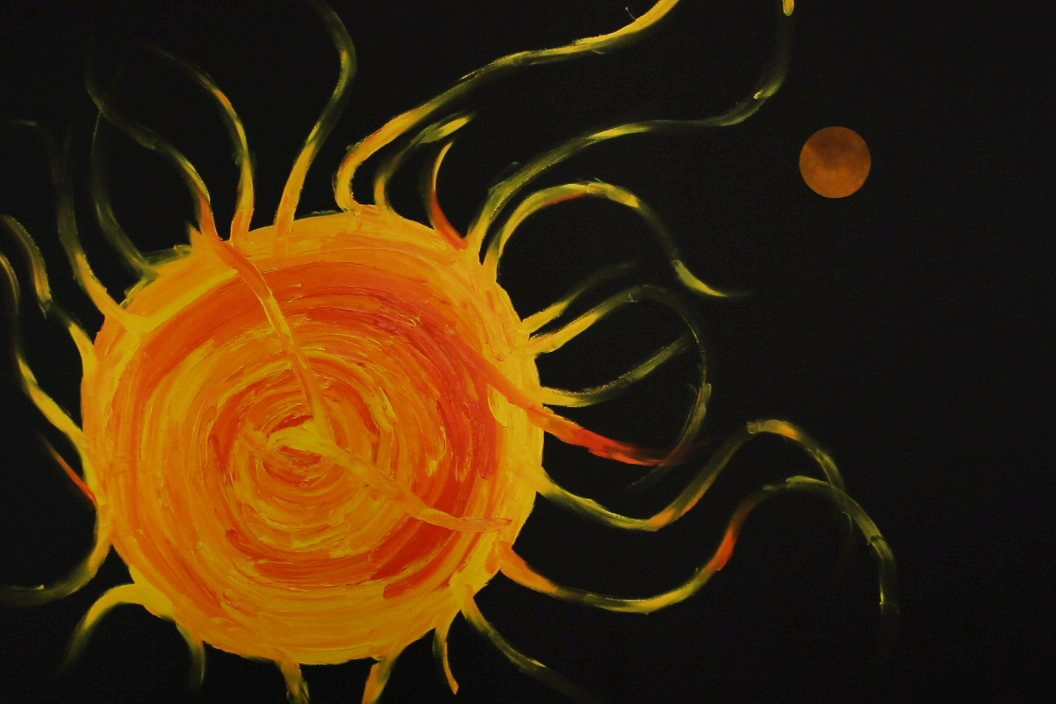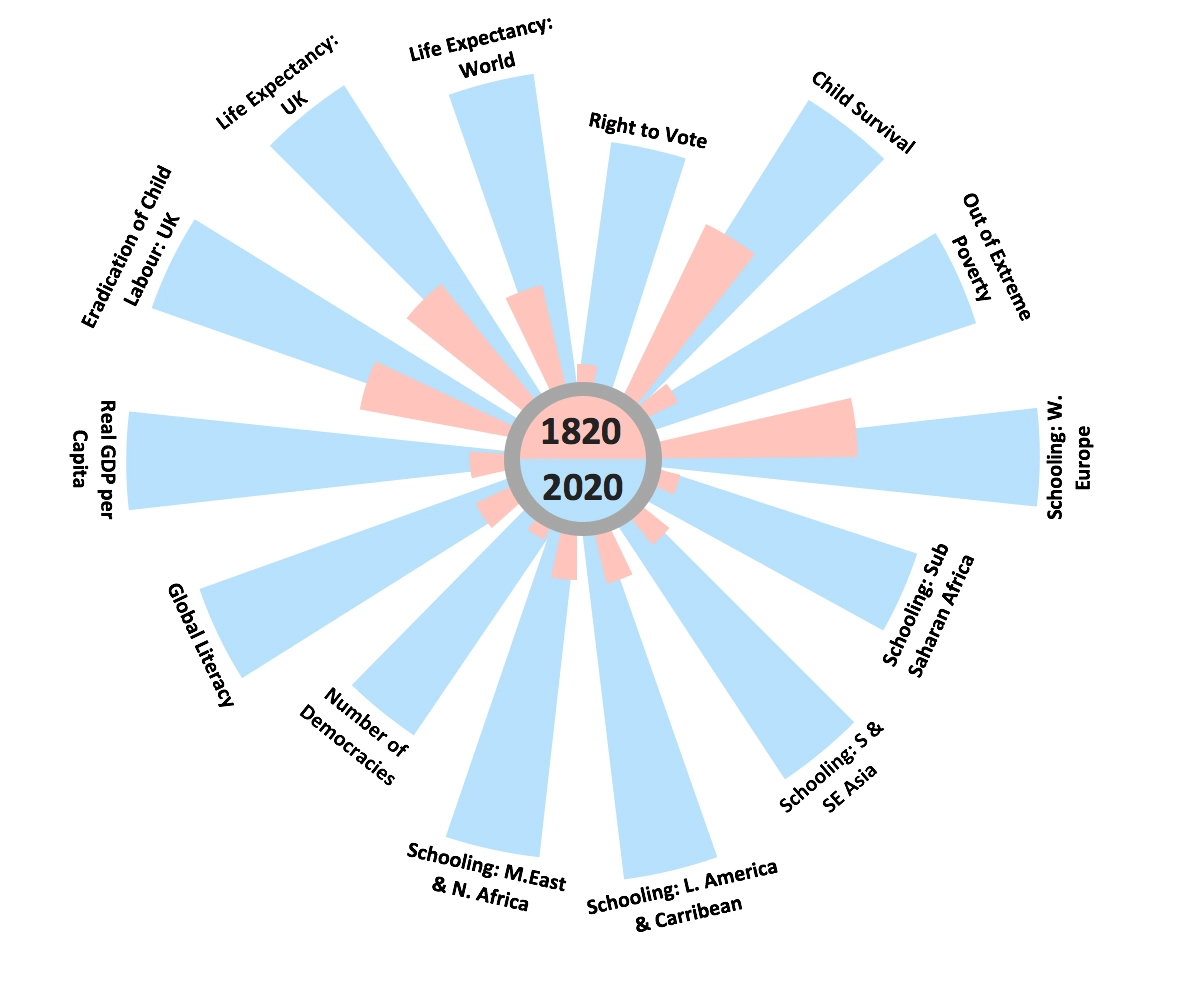Egyptian mythology is woven in with Japan’s Super Kamiokande Neutrino Detectors. Sekhmet was the lion-headed Egyptian goddess of hot desert sun, plague, chaos, war and healing. She was created to destroy humans for not living in accordance of principles of goddess Ma’at.
Ma’at was the goddess of truth, justice, balance and order. She was more than just a goddess to ancient Egyptians who beloved that universe had an order and it was Ma’at who kept everything in balance. This helped ancient Egyptians develop a strong sense of morality and justice.
I believe these ancient goddesses have tales to heed. Thousands of years of a society structured by patriarchal values that uphold the power and heroism of men and deliberately diminish the value of women has created a twisted self-serving monocled view of the world that seems almost childlike in its inability to comprehend the seriousness of challenges that lie ahead.
For almost 30 centuries—from its unification around 3100 BCE to its conquest by Alexander the Great in 332 BCE, ancient Egypt was the preeminent civilisation in the Mediterranean world. Female pharaohs were quite common and common women of ancient Egypt could have their own businesses, own and sell property, and serve as witnesses in court cases. They were permitted to be in the company of men. They could escape bad marriages by divorcing and remarrying. And women were entitled to one third of the property their husbands owned. The political and economic rights ancient Egyptian women enjoyed make them the most liberated females of all time.

















